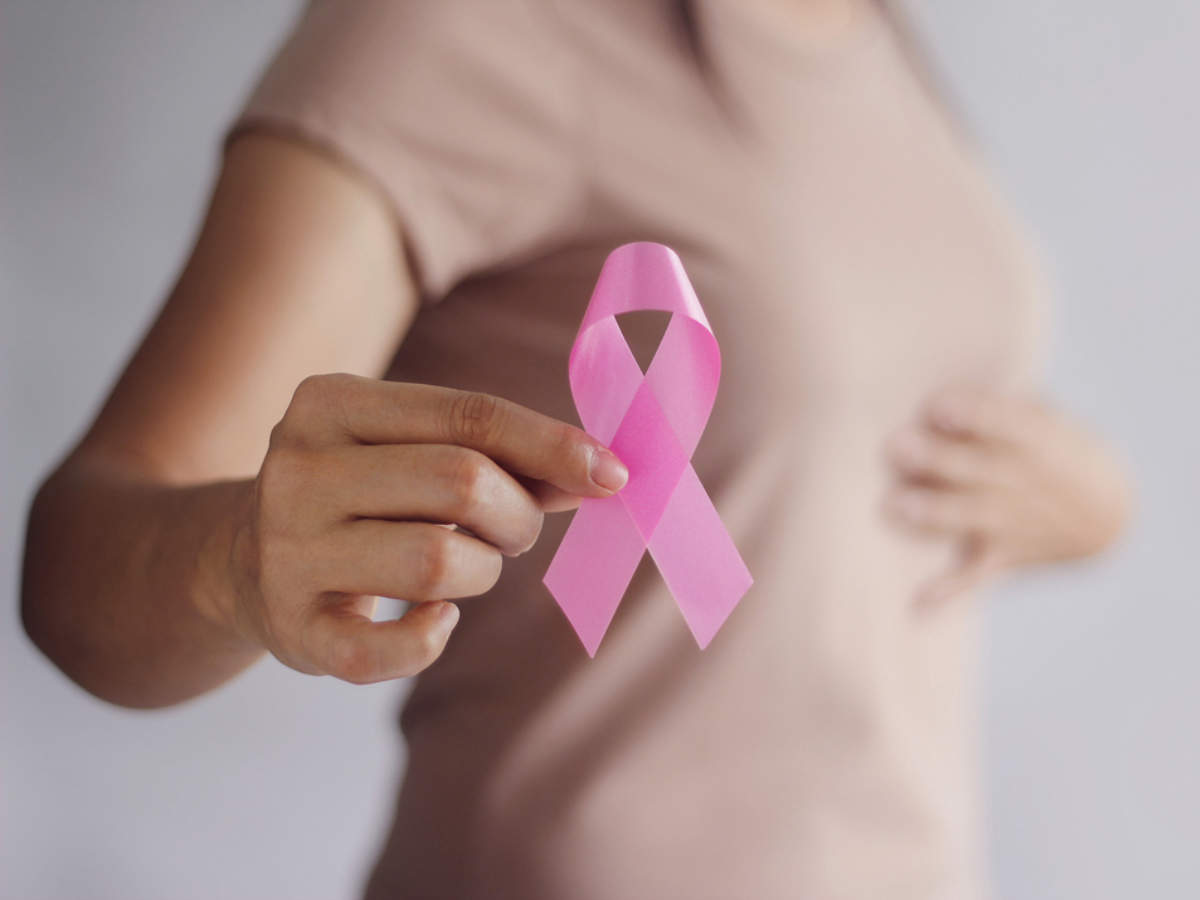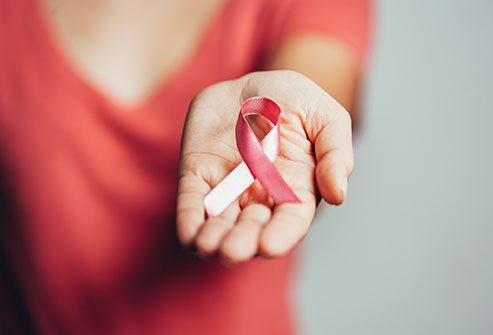Risk of breast cancer increases by chemicals found in consumer products
Common chemicals including ingredients in consumer products, pesticides, food additives, and drinking water contaminants cause cells in breast tissue to produce more of the hormones estrogen or progesterone, leading to an increased risk of breast cancer.

Washington: Common chemicals including ingredients in consumer products, pesticides, food additives, and drinking water contaminants cause cells in breast tissue to produce more of the hormones estrogen or progesterone, leading to an increased risk of breast cancer.
The findings of the study appeared in the journal 'Environmental Health Perspectives'.
Every day, people are exposed to a variety of synthetic chemicals through the products they use or the food they eat. For many of these chemicals, the health effects are unknown. However, this study has found the adverse effects of these chemicals and how they may increase the risk of breast cancer.
"The connection between estrogen and progesterone and breast cancer is well established," said co-author Ruthann Rudel, a toxicologist and research director at Silent Spring Institute.
Also Read |
Women beware! 7 or more alcoholic drinks a week ups risk of cancer

"So, we should be extremely cautious about chemicals in products that increase levels of these hormones in the body," added Rudel.
For instance, in 2002, when the Women's Health Initiative study found combination hormone replacement therapy to be associated with an increased risk of breast cancer, women stopped taking the drugs and incidence rates went down.
"Not surprisingly, one of the most common therapies for treating breast cancer is a class of drugs called aromatase inhibitors that lower levels of estrogen in the body, depriving breast cancer cells of the hormones they need to grow," said Rudel.
Also Read |
Study uncovers unknown pathway for breast cancer recurrence

To identify these chemical risk factors, Rudel and Silent Spring scientist Bethsaida Cardona combed through data on more than 2000 chemicals generated by the US Environmental Protection Agency (EPA)'s ToxCast program.
The goal of ToxCast is to improve the ability of scientists to predict whether a chemical will be harmful or not. The program uses automated chemical screening technologies to expose living cells to chemicals and then examine the different biological changes they cause.(ANI)
 Dynamite News
Dynamite News 